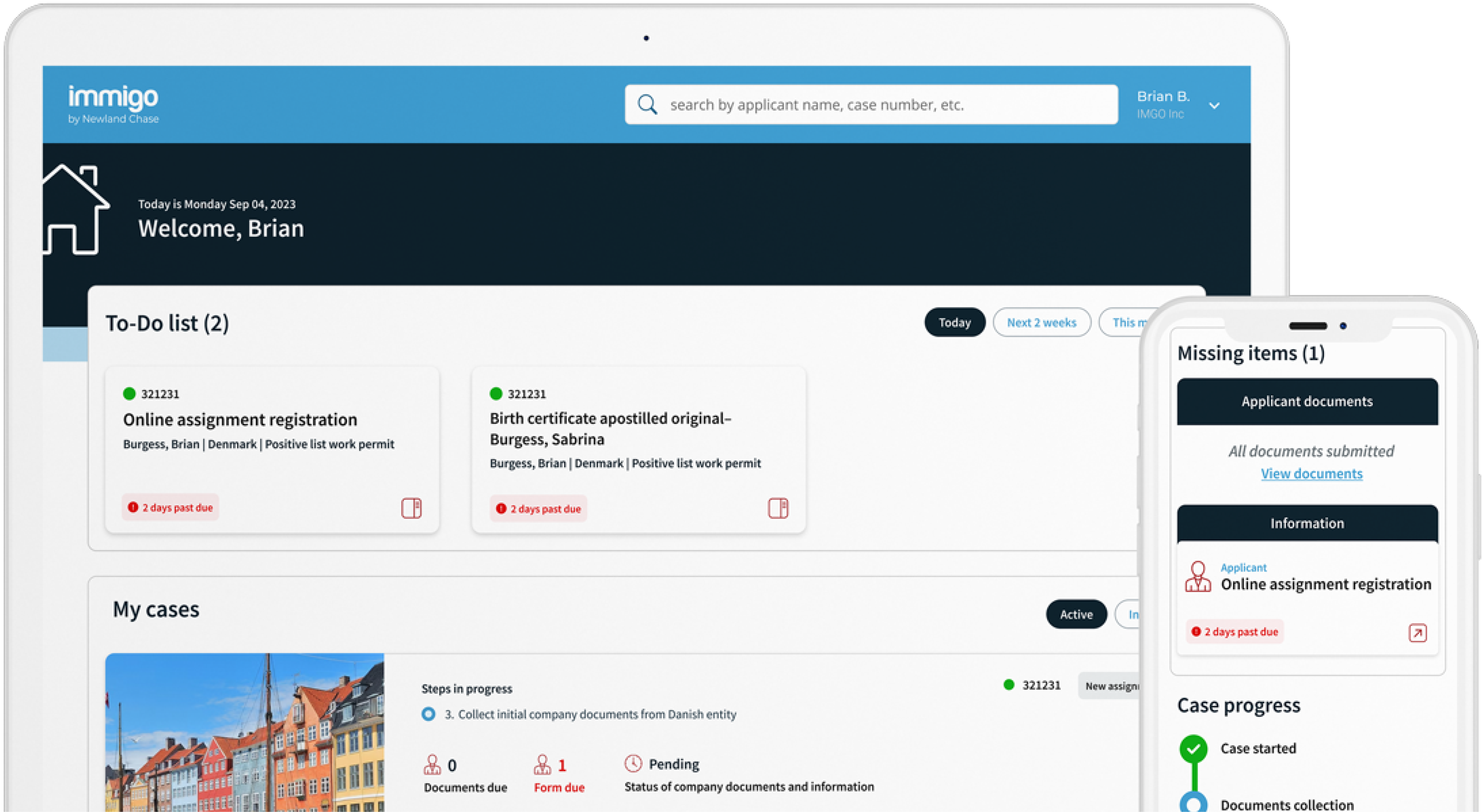Get The Visibility Your Company Needs
Reduce compliance risks and mobility costs while managing individual and project-related travel with ImmiSMART: the solution that unifies your travel and mobility programs.
Global Immigration 101: Visa-Free and Visa-on-Arrival
July 27, 2018
By Kent O’Neil, Global Legal Analyst, Newland Chase
For successful mobility managers, school is always in session. In an industry where the only thing that is constant is everything is always changing… success depends on continually keeping abreast of new immigration rules and processes… and reminding ourselves of the same old basics vital to successful international assignments.
Whether you’re a “PhD” with years of handling your company’s international workforce… or the “new kid in class”, Newland Chase has you covered. Follow our continuing Global Immigration 101 blog series as each month we take a look at a different basic but vital aspect of immigration for short-term and long-term international business and work assignments. No tuition bills, student loans, number 2 pencils, term papers, end-of-semester exams, or all-nighters… just practical information and sage advice from the “real world” of mobility. (You’re welcome.) If you missed last month’s class on “A Work Permit by Any Other name”… you can copy my notes here.
In this month’s session, we cover the increasing availability of visa-free options and visa-on-arrivals… and the pros and cons of their use for business travellers.
It seems at least every couple weeks my news feed has another announcement of a country either implementing a new visa-free or visa-on-arrival program designed to attract more international visitors, or an increase in the number of visa-free days, or additional nations whose citizens are eligible for such programs. Each year, the Passport Index and the Henley Passport Index come out and declare the world’s best passports to hold based on the number of countries where it grants the holder visa-free entry. (Singapore is #1 this year on the Passport Index with 127 countries where its citizens may enter visa-free and another 39 countries where they are eligible for visa-on-arrival. On the Henley report, Singapore shares the top spot with Japan.)
“Visa-free”… “Visa-on-Arrival”… What’s the Difference?
For most practical purposes, there is little difference. Both allow the traveller to arrive at and enter a country without need of first obtaining a visa. However, there are distinctions in the technical process which in some cases may affect the traveller.
Visa-free, also sometimes referred to as “visa waiver”, is just as the name suggests. The eligible traveller enters the country without ever having to obtain a visa. For most of us, that means we simply grab our carry-on from the overhead, deplane, and go straight to the immigration counter or line. We show our passport, and we’re in.
In Visa-on-Arrival, we actually go through a two-step process. In most cases, we deplane with bag in hand and then proceed to a visa counter where we apply for, pay for, and receive a visa essentially simultaneously. We then proceed to the immigration counter or line with our newly obtained visa and are granted entry. While it is technically a two-step process, in many countries you’d have to pay really close attention to even notice. The visa counter and immigration counter may be the same counter, and in small airports and entry points, it may even be the same person processing both.
However, note an important caveat: “visa-on-arrival” may have different meanings in different countries. In one country, it means applying for and receiving the visa when you arrive. In other countries, it means only receiving the visa on arrival. You must still apply for the visa prior to arrival in-country. So that two-step process may actually begin before traveling.
There is one important distinction between visa-free and visa-on-arrival to be aware of which can have an impact on the traveller. If the traveller is from a country whose citizens are eligible for visa-free entry, he can generally enter visa-free at any airport or at any land or sea entry point. However, if the traveller is instead only eligible for a visa-on-arrival, she may have to plan her trip to arrive at a border entry point that issues visas-on-arrival. Some countries – India, for example – only offer visas-on-arrival at select airports and border crossings. Travelers should consult their immigration specialists prior to making travel arrangements to ensure that their anticipated entry point has a visa counter which processes visas-on-arrival and is open on the day and time of arrival.
Potential Drawbacks, Pitfalls, and Red-Flags
With the relative ease of obtaining visa-free entry or visas-on-arrival, it would appear to be a “no brainer”… If I qualify for the visa-free or visa-on-arrival option, I should use it and avoid the hassle of applying through the consulate or visa processing centre in my home country (which may or may not be located in my city), submitting biometrics, interviewing with a consular officer, etc. So why shouldn’t every traveller just use these options for every trip? Below are some of the reasons why visa-free and visa-on-arrival may not necessarily be the best options in every situation.
- The most obvious reason why I might not use the visa-free or visa-on-arrival options is that they are not available in every country; and where available, they may not be available to travellers of every nationality. Citizens of countries commonly viewed as security risks for various reasons – because of political instability, strained international relations with the destination country, poor criminal records databases, history of visa abuses, etc. – will generally not be eligible for most visa-free or visa-on-arrival programs. Countries with visa-free and visa-on-arrival programs publish lists of countries whose citizens are eligible. As rules on visa-free and visa-on-arrival change frequently, travellers are encouraged to check that country’s immigration rules each time before travel.
- When it comes to business travellers, it is important to note that many countries’ visa-free and visa-on-arrival schemes are not intended for business purposes but limited solely for tourism and personal visits. Business travellers should verify with an immigration specialist familiar with the destination country whether or not visa-free or visa-on-arrival is permitted when the trip is for business purposes. Even where these options are available for business purposes, the definition of “business” activity may be fairly limited and may not include the particular activities in which the traveller will engage. For example, attending a conference may be permissible through the visa-free option, but negotiating contracts, closing the sale of an industrial machine, or speaking at a conference may not be. Again, it is still advisable to get advice from an expert prior to travel. For a general discussion of permissible business activities, see Global Immigration 101: Business Visa or Work Visa? here.
- Visa-free entry and visas-on-arrival may have shorter durations of stay than traditional consular visas and may not allow the traveller to extend or convert to another visa in-country without first exiting the country. For longer business trips, or more frequent trips, it may be more advantageous to obtain a multiple-entry business visa through the consulate.
- Border entries generally take longer when using the visa-on-arrival option. Some countries and some border entry points may have long queues and less than efficient systems to process applications for visas-on-arrival – particularly where biometric collection (photos, fingerprinting, eye scans) is required. Depending on the destination and the time constraints of the trip, it may still be advisable to obtain the visa prior to travel to avoid delays.
- While even with a visa all countries reserve the right to deny entry at the border, there is perhaps a greater chance of arriving, being denied a visa or entry, and having to return home to apply for a consular visa. Some countries with visa-on-arrival processes perform a cursory electronic criminal background check at the border. In such cursory searches, errors or information can pop-up in the quick background check which might preclude entry. While these might be easily explained or remedied if the application was filed ahead of time through a consulate, there may be no opportunity to do so at the border. For travellers with any potential issues in their background, it would be advisable to obtain their visas prior to travel.
- You may still have to do “prep work” before arriving and applying for the visa-on-arrival. While often abbreviated from traditional visa applications, visa-on-arrival applications may still require invitation letters, criminal background clearances, and online applications completed prior to arrival. So in reality, obtaining visa-on-arrival may not save as much time and effort as it first appears, depending on the particular country’s process.
- Fees for visas-on-arrival are many times taken in cash only, and those fees may fluctuate significantly and sometimes may involve a degree of fraud on the part of border officials, depending on the destination.
BTW, FYI… You May Still Need an ETA or PAC
Even where visa-free and visa-on-arrival options are available, travellers should be aware that they may still need to obtain an “electronic travel authorization” (ETA) prior to travel. Many countries are implementing ETAs as part of their visa-free systems. These electronic travel authorizations are easily obtained online and electronically link to the traveller’s passport. However, they generally must be obtained prior to travel. The U.S., Canada, and Australia use ETAs, and more countries are adding ETAs to their systems all the time. Plans are already underway to add ETAs to the Schengen Area visa-free system in Europe by 2021. For more on the Schengen Visa system see Plans to Modernise the EU’s “Schengen” Visa System Move Forward here.
In still other destinations, there may be a “pre-arrival clearance” (PAC) requirement applicable to some nationalities. Similar to ETAs, prior to travel, individuals may need to go online and perform a pre-arrival background check and bring evidence of its successful completion with them for entry. For example, Hong Kong implemented such a requirement for Indian nationals in January of 2017. For more details, see our alert here.
Conclusion and Class Dismissed
The increasing availability of visa-free entry and visa-on-arrival is clearly a benefit to business travellers. They reduce the time and money mobility and travel managers must spend to get their company employees to the right place at the right time – particularly where business needs are urgent. However, true mobility professionals understand that these are not the “magic bullets” to all business travel aims. Instead, they are just one of many tools at their disposal, and knowing when they are appropriate and when not is why our companies rely on us… and the motivation behind this Global Immigration 101 blog series. Keep reading on the Newland Chase website at https://blog.newlandchase.com/, and we’ll see you again at next month’s class.
Kent O’Neil is a Global Legal Analyst and frequent writer on international business and global corporate mobility for Newland Chase. Kent received his Juris Doctor from Penn State’s Dickinson School of Law and a Bachelors in Economics from Clarion University. Prior to joining Newland Chase, he worked in both private practice and in-house for a multinational corporation operating across North America, Europe, Asia, and the APAC region. Now based in the U.S., Kent has lived and worked as an expat in Pakistan and the Philippines.
This blog is informational only and is not intended as a substitute for legal advice based on the specific circumstances of a matter. Readers are reminded that immigration laws are fluid and can change at a moment’s notice without warning or notice. Please reach out to your Newland Chase contact should you require any additional clarification or guidance. Written permission from the copyright owner and any other rights holders must be obtained for any reuse of any content published or provided by Newland Chase that extend beyond fair use or other statutory exemptions. Responsibility for the determination of the copyright status and securing any permissions rests with those persons wishing to reuse this blog or any of its content.



